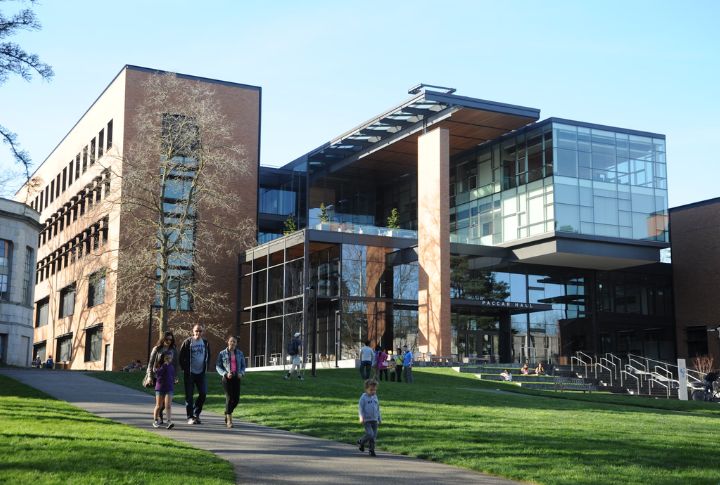
The College Scorecard of the U.S. Department of Education reveals twenty non-Ivy League colleges that have produced thousands of ultra-wealthy alumni. While they may not dominate prestige rankings, these schools consistently generate real-world success. Let’s explore how these campuses are shaping the next generation of fortunes.
Arizona State University

Economic mobility takes center stage at Arizona State, where a growing online STEM program reaches students in all 50 states. Six years after enrollment, graduates have a median earnings of $55,000, and nearly 70% exceed $25,000, demonstrating the significant impact of these outcomes.
University Of Texas (Austin)

Median earnings for UT Austin graduates hover around $58,000, which reflects a strong return on investment for a public university. Its Austin location helps create direct pipelines into growing industries. What amplifies outcomes even further is an active alumni network that propels students toward careers in tech and finance.
Virginia Tech
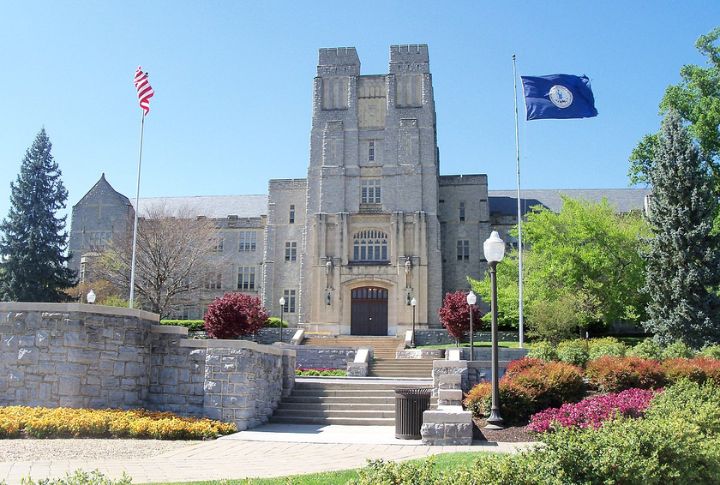
Thanks in part to co-op programs and an engineering-heavy curriculum that prepares students early, Virginia Tech alumni have a median income of $62,000 six years after enrollment. More than 70% earn above $25,000, a clear sign that practical, skills-based education leads to tangible financial results.
University Of Florida

Graduates from the University of Florida report a median income of $71,588 within six years—proof of serious earning power. Its outcomes, especially in STEM and business, rival those of top-tier private institutions. What makes it stand out even more? In-state tuition remains remarkably low.
Purdue University
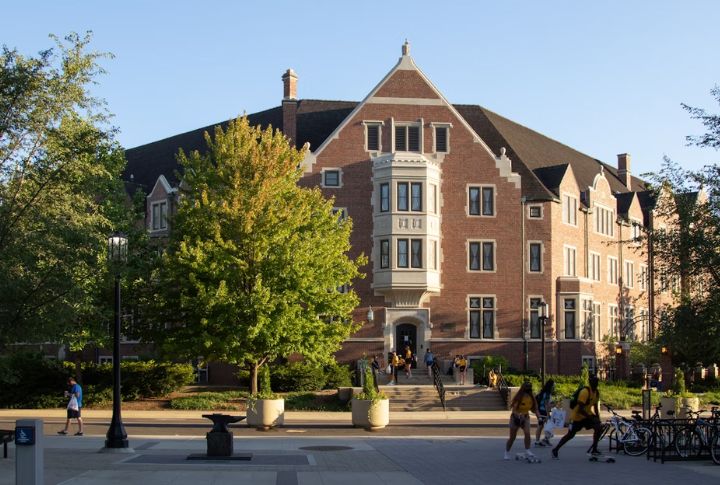
Six years after stepping into the workforce, Purdue graduates in engineering fields earn a median salary of $63,000, a result that reflects both direction and value. Around 72% surpass the $25,000 mark, thanks to a model grounded in industry engagement, not just classroom theory.
NC State University

Its engineering and computer science programs focus on real-world applications. Additionally, as Raleigh’s tech sector grows rapidly, employers turn to the university as a reliable source of talent ready to meet industry demands. Median earnings reach $70,000 six years after enrollment, underscoring NC State’s career-driven approach.
Missouri University Of Science & Technology

At Missouri S&T, value meets vocation. The school’s engineering programs consistently rank among the best for ROI. Graduates typically earn a median of $60,000 within six years and secure high-paying jobs throughout the Midwest, particularly in sectors such as manufacturing and resource technology.
University Of California (Berkeley)

UC Berkeley’s elite computer science and business programs power strong graduate outcomes. As the nation’s leading public university, it channels public funding into broad private success. Consequently, median earnings reach $88,300, and alumni often secure roles in Silicon Valley.
Milwaukee School Of Engineering

Within six years of graduating, most students reach an income level of around $67,000. Early job placement is also common—over 70% step into stable careers quickly. That’s largely due to coursework built for industry needs and lab experiences that translate directly into on-the-job skills.
Michigan Technological University
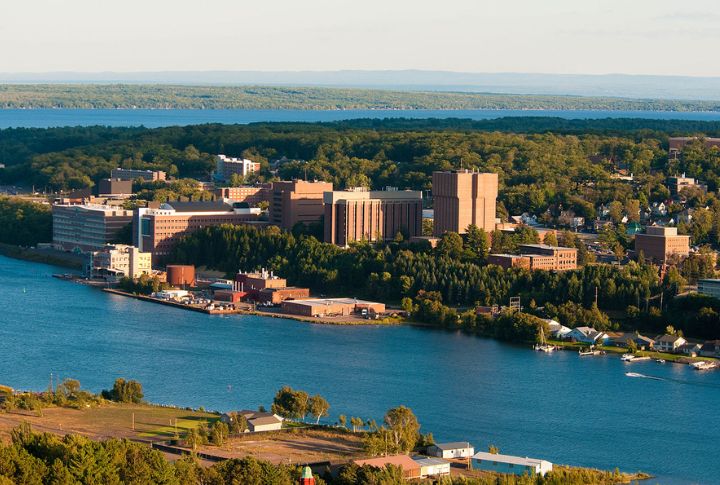
Michigan Tech’s snowy campus shapes students into problem solvers fit for high-stakes engineering. Its graduates earn $82,400 on average, among the highest early-career incomes in public education. Specialized programs nurture talent in fields such as mining and automotive systems, where technical readiness is key.
Caltech

Small class sizes and elite research define the Caltech experience. Powerful industry ties help graduates land high-paying roles, especially in Silicon Valley. Ten years after entry, average earnings reach $110,000, placing its scientists and engineers among the top earners and making the school a major force in wealth creation.
Georgia Institute Of Technology

Georgia Tech combines academic challenge with strong support, resulting in a 90% six-year graduation rate. The investment pays off—median earnings after graduation reach $102,772. For students receiving Pell Grants, the average yearly cost is about $12,000.
University Of Michigan (Ann Arbor)

Mid-career earnings for Michigan’s Computer Science graduates reach $153,000, while median salaries hit $61,000 just five years out. Beyond the Great Lakes, its reputation travels well. The university pairs research excellence with career-driven tech and business programs, strengthened by exceptional interdisciplinary flexibility throughout its academic offerings.
University Of Washington

Seattle’s booming innovation hub provides UW graduates with a significant advantage. Engineering and health science programs drive results, as shown by a median income of $65,800. Moreover, employers across the Pacific Northwest consistently recruit them, especially for positions in software development and other fast-growing tech fields.
Harvey Mudd College
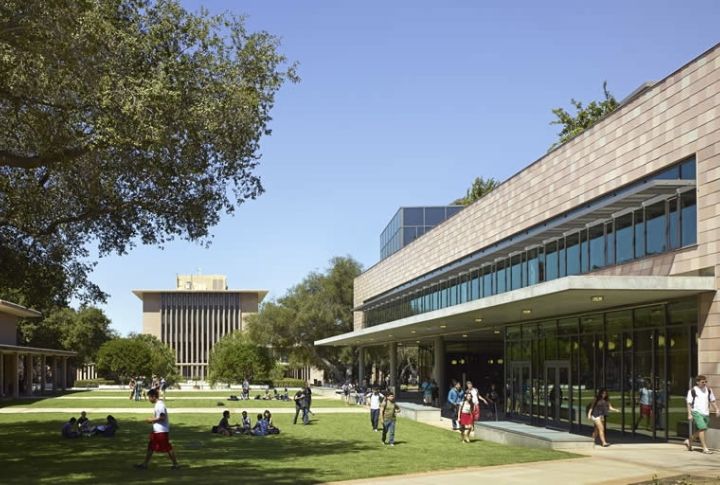
At Harvey Mudd, the numbers tell a clear story. Earnings reach nearly $133,000 in six years by placing alumni among the top nationwide. The college combines liberal arts and advanced engineering and CS instruction to give graduates both technical mastery and the analytical edge employers consistently seek.
University Of California (Los Angeles)
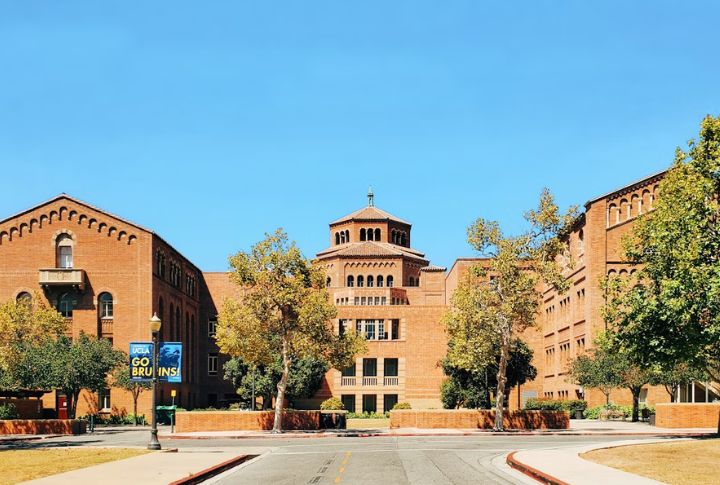
Early-career earnings average $73,400 for many UCLA alumni who step into high-paying roles right after graduation. Their access begins with influential internship pipelines tied to Southern California’s media and tech centers. The campus’s location, far more than scenic, places students in a thriving professional environment from day one.
University Of Southern California

Many USC graduates break into film or tech and earn around $74,461. What sets the school apart is how career services align with LA’s bustling job market. More than credentials, USC offers pathways where internships become jobs and networks evolve into durable professional foundations.
Northwestern University
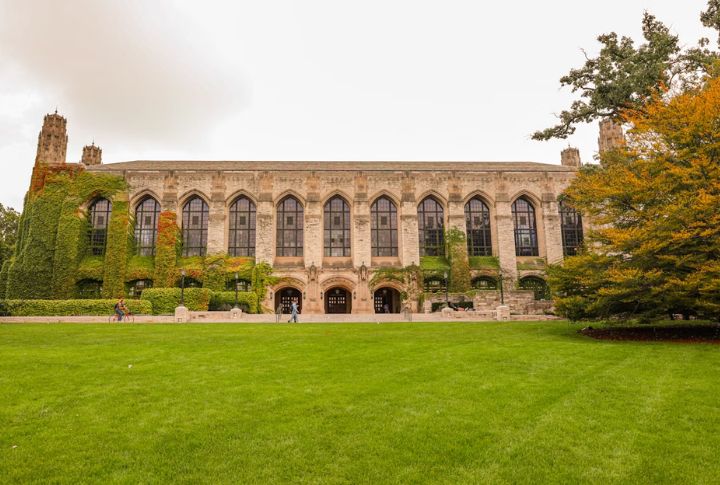
Grounded in Chicago, Northwestern fuses academic theory with hands-on training in fields like journalism and business. Its graduates maneuver industries nationwide with confidence, backed by cross-regional advantages. From Wall Street to Silicon Valley, the school’s reach remains broad, and average earnings settle around $85,000 after graduation.
New York University

Set in the heart of Manhattan, NYU connects students to opportunity at every turn. Typical earnings reach $82,000, driven by strong placement in finance and the arts. With metro-area job density and proximity to top firms, graduates remain close to their next career breakthrough.
Pomona College

Pomona is small, but its impact is immense. Graduates start at $73,700 and rise to $146,400 mid-career—numbers that rival elite universities. The school’s interdisciplinary approach equips students for leadership roles in consulting and technology, which proves that a liberal arts education can yield powerful financial outcomes.
